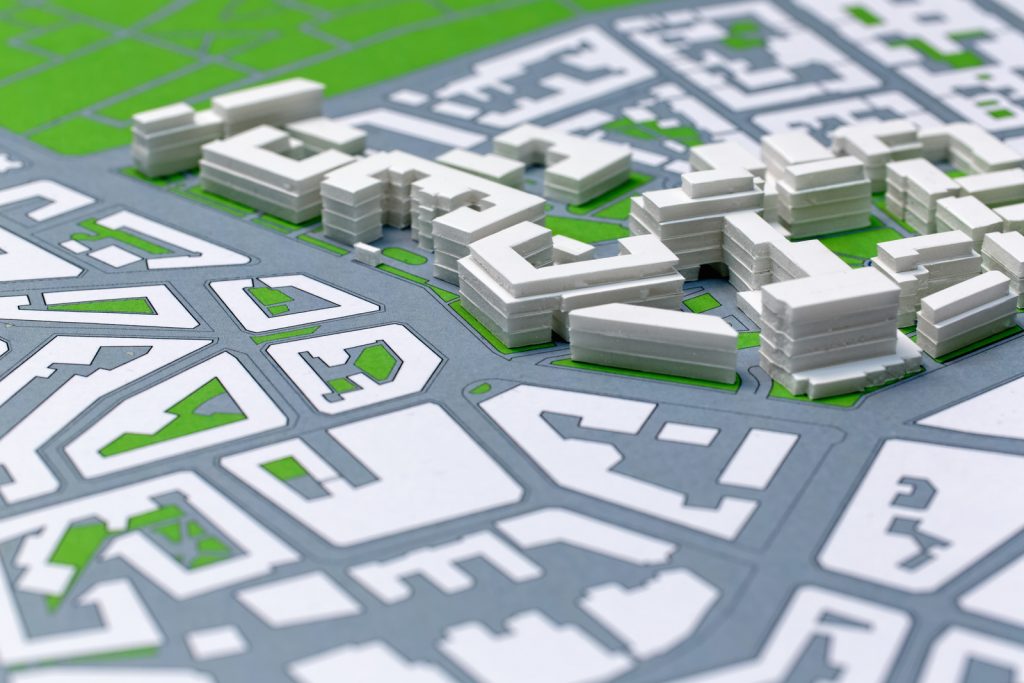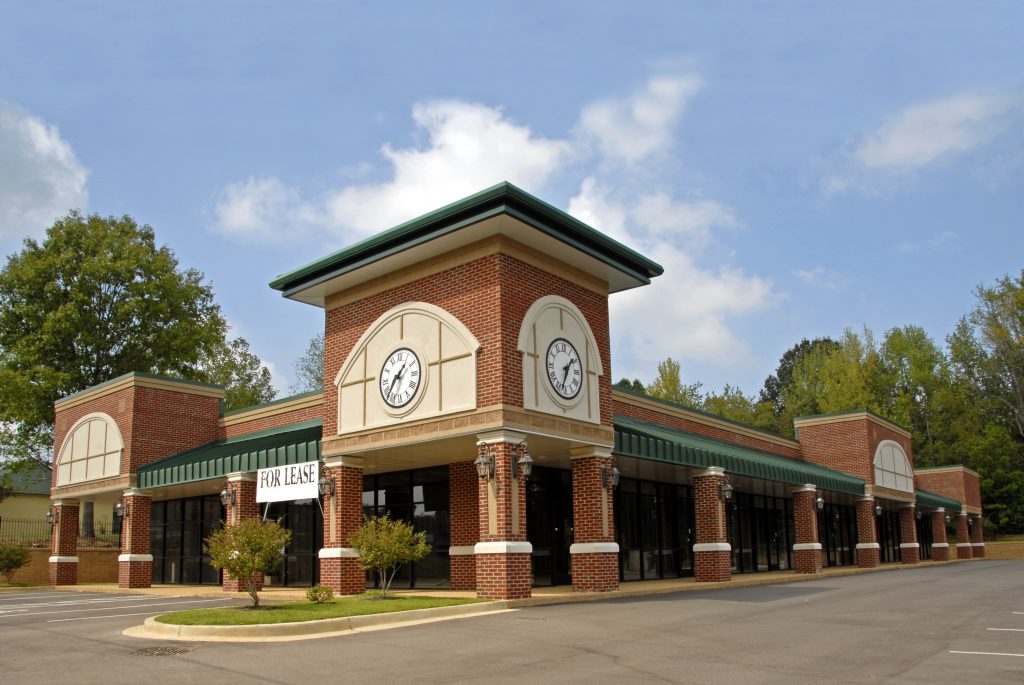Just because you own or lease a property doesn’t mean you can do anything you’d like with it. Here’s what dental professionals need to know about zoning regulations and how these rules can affect their practices.
Zoning - What is it? A Brief History
Most Americans today have never contemplated a slaughterhouse adjacent to their small business and, especially not, next to their home. But it wasn’t so long ago that this was possible just about anywhere. Imagine a developer buying three lots surrounding an existing structure and installing heavy industrial uses on dozens of acres. Prior to the 1926 U.S. Supreme Court decision in the Village of Euclid v. Ambler Realty, there was no legal consensus on zoning as a legitimate government power. The exact scenario described above could have happened to just about anyone. A common argument against zoning has been that a landowner has the right to use their property however they please. Zoning regulations are, in the eyes of critics, at least a partial deprivation of the potential value of a property. To their point, the 5th Amendment states that private land shall not be taken for public use without “just compensation”. If land is more valuable as an industrial property, some feel that allowing only residential uses is essentially a taking. Though the logic that ownership implies an ability to use one's property as desired has some very valid points, most urban and suburban residents have become accustomed to a level of predictability when it comes to their potential neighbors. But the rules are not the same everywhere. The manner and degree to which zoning codes affect the built environment vary considerably from area to area. Some ordinances regulate use and/or intensity. Others specify how a building must look or fit on their lot. Even more complicating, it’s not at all uncommon for a municipality to regulate both use and physical form.
Effects on Dental and Specific Examples
Two cities often described at opposite ends of the regulation spectrum are Portland, Oregon and Houston, Texas. Whereas Greater Portland has a growth boundary prohibiting new development on its edges, Houston has no traditional zoning code. These wildly different approaches, and their thousands of counterparts across the country, have undoubtedly had some successes. But they've also had a few which are counterproductive to their stated purposes. For instance, separating residential uses from commercial areas typically has the goal of creating quiet neighborhoods insulated from busy roads and various forms of pollution. [caption id="attachment_9639" align="aligncenter" width="3000"] Above: Portland, Oregon and its suburbs use a controversial urban growth boundary to attempt to limit sprawl[/caption] [caption id="attachment_9640" align="aligncenter" width="3000"]
Above: Portland, Oregon and its suburbs use a controversial urban growth boundary to attempt to limit sprawl[/caption] [caption id="attachment_9640" align="aligncenter" width="3000"] Above: Houston has limited zoning controls.[/caption] However, this separation of uses has led to inefficient sprawl. Instead of being evenly dispersed across a town or city, dental practices are often clustered in small commercial hubs. This isn’t to say this is wholly a good or bad thing. Zoning codes simply make this a more likely scenario. Similarly, minimum lot sizes and parking requirements have caused our cities to become increasingly spread out. Car ownership is a necessity in all but a few of the most densely populated urban areas. Suburban practices thus emphasize road visibility, signage and search engine optimization while urban offices are more likely to rely on foot traffic. In communities with strong preservation preferences, one cannot assume that nearby areas will be more densely developed. And the open space preservation mandated in Portland is just one kind of control. San Francisco, for example, has strict historic preservation rules. In fact, most mid-size and large cities are home to neighborhoods where historic guidelines govern new development and modifications to existing structures. These rules can lead to higher costs and difficulties adapting to the evolving needs of a practice.
Above: Houston has limited zoning controls.[/caption] However, this separation of uses has led to inefficient sprawl. Instead of being evenly dispersed across a town or city, dental practices are often clustered in small commercial hubs. This isn’t to say this is wholly a good or bad thing. Zoning codes simply make this a more likely scenario. Similarly, minimum lot sizes and parking requirements have caused our cities to become increasingly spread out. Car ownership is a necessity in all but a few of the most densely populated urban areas. Suburban practices thus emphasize road visibility, signage and search engine optimization while urban offices are more likely to rely on foot traffic. In communities with strong preservation preferences, one cannot assume that nearby areas will be more densely developed. And the open space preservation mandated in Portland is just one kind of control. San Francisco, for example, has strict historic preservation rules. In fact, most mid-size and large cities are home to neighborhoods where historic guidelines govern new development and modifications to existing structures. These rules can lead to higher costs and difficulties adapting to the evolving needs of a practice.
The Future - Form based code, mixed-use developments
Following decades of single use zoning, trends have begun to change in high profile ways. Cities large and small have embraced mixed-use zoning, allowing for residential and commercial tenants in the same structure. Others go a step further by implementing form-based codes which regulate the physical aspects of a building but have limited impacts on use. So far, implementations in most of America are relatively limited. But, their broad adaptation could lead to fundamental differences in the way Americans access services such as dental care. Rather than forcing people to get in their cars and drive long distances, these planning strategies seek to encourage alternative modes of transportation or at least a shortened drive. Consequently, the typical practice may see a higher concentration of its patients come from a geographically smaller area. Of course zoning codes do not exist in a vacuum. Future developments like self driving cars and improved fuel efficiency may also influence human behaviors. Both of these examples are potential causes for more vehicle miles to be traveled rather than fewer. Predicting the future will always require some guesswork. Thorough research, though, can lead to informed decisions and reduced risk.





